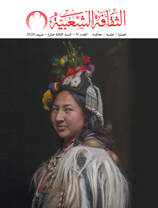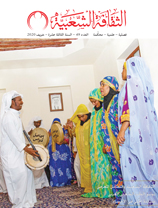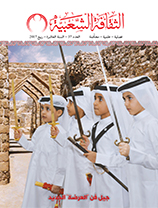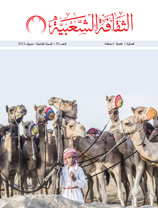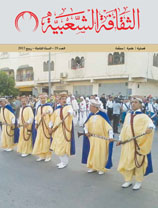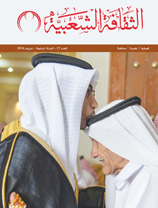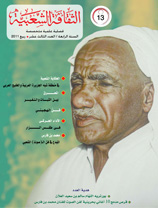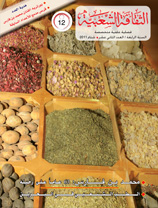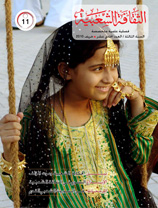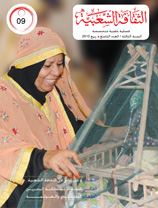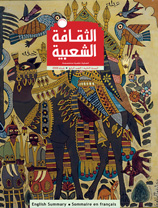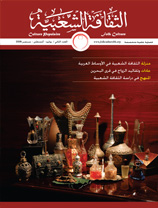Cultural and social significance of Alhaite dancing in Morocco
Issue 63

Dr Mousa Faqir, Morocco
The Alhaite dance is one of Morocco's oldest folk arts; its music has a wide range of rhythms and tempos, and its ceremonial and enthusiastic performance variations share some formal elements with Arab dances and are in harmony with traditional, local musical variations in the costumes of participants.
We discover that it is concentrated in the north-east of Morocco among the Hyayna tribes of the Taounate region of Tissa, despite its widespread popularity in the west of the country in the regions of Sidi Slimane and Kenitra.
Inspired by the culture that gave birth to it, this dance engages in a dialogue with humankind by probing emotions and ideas about the natural world and recognising the universality of human expression as a rich musical tradition.
This research is significant because it makes an effort to introduce modern youth to their ancestors' oral and expressive traditions and practices and to teach them about various types of folk musical entertainment. This is especially important in light of the rapid changes taking place in today's intellectual, social, and cultural landscapes.
The study also attempts to overcome the effects of globalisation on our local communities, such as the isolation that resulted from the Corona pandemic and the loss of access to the natural environments to which human culture has become acclimated over the centuries.
In doing this research, our purpose was to find out more about the Alhaite dance and the musical traditions that it represents.
This dance shares characteristics with other traditional Moroccan dances; however, despite many attempts to research this subject by various interested parties and scholars, most lack depth.
The Alhaite dance is distinctive because of its wide-ranging cognitive appeal and ancient historical foundations.
Most traditional communities' dances and other forms of physical expression prominently use symbols that reflect social peace and unite goals across time and space.
These dances provide people with a sense of community and help them feel more secure in their own lives. The performing arts and legendary acts provide the sole source of income for certain cultures.
The Alhaite dance is traditionally associated with wedding celebrations in the Badia region of Morocco because of its realistic portrayal of the natural world and its setting.
The majority of those who perform the folk dance are Bedouin and residents of rural areas, and its roots go deep into the celebration of the harvest and humankind's goodwill towards the land and the natural world.
Because it flourishes during social and national celebrations in Morocco and takes the form of a musical, lyrical, and social dance performance, like Morocco’s folk dances since ancient times, a closer examination of this phenomenon reveals that it has deep historical roots.
















